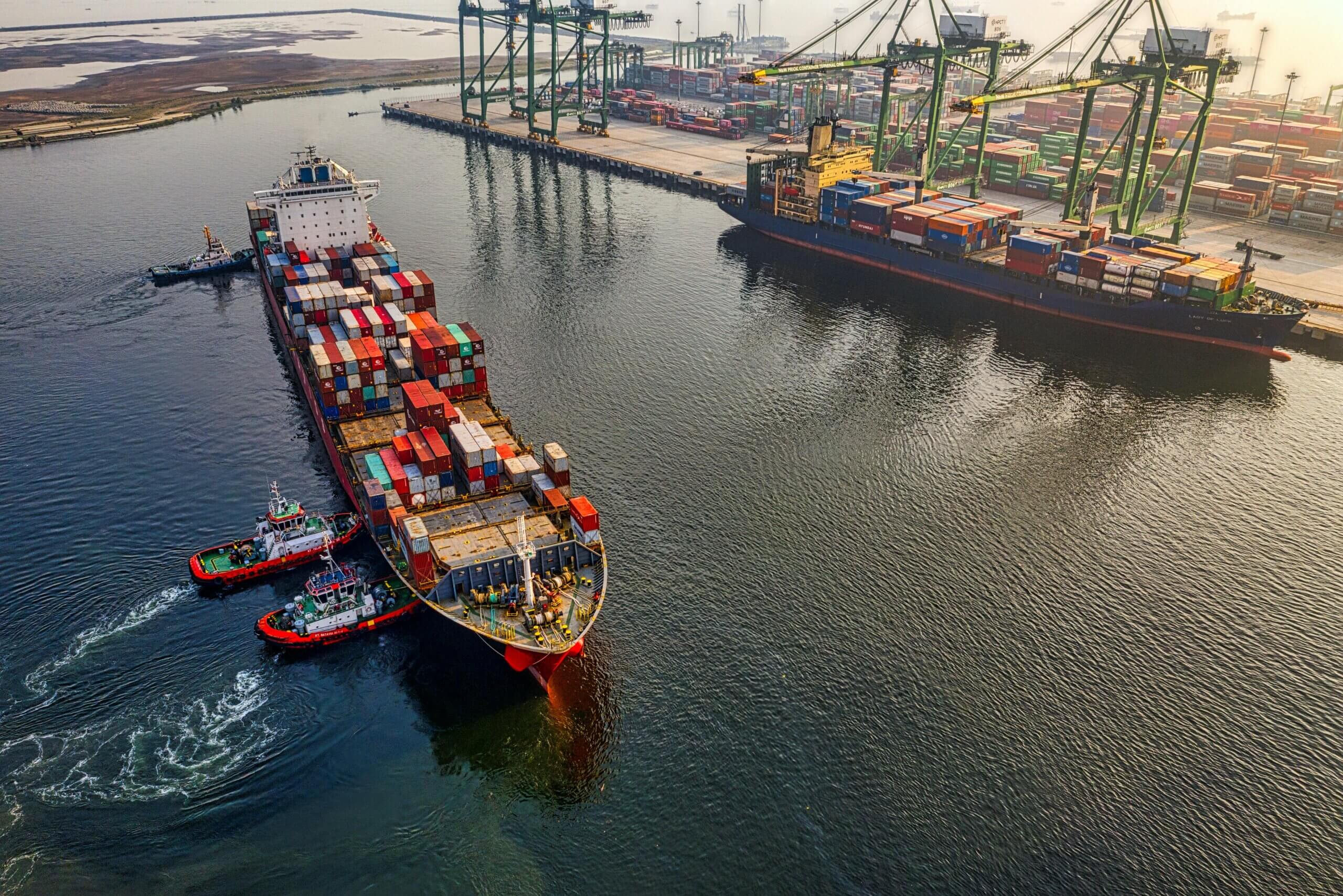In 2023, expect to see a continuation of the supply chain issues that have challenged businesses in 2022.
According to a survey from SAP released this fall, 51% of US companies believe supply chain disruptions are set to continue. The leading causes include the Russia-Ukraine conflict, scarcity of raw materials, fuel costs, labor shortages, and rising inflation.
In addition, the after-effects of the pandemic continue to play a role, as does eCommerce market growth, which has increased customers’ demands and expectations, placing more strain on supply chains.
So how, then, are companies reacting to these challenges?
According to the report, companies are moving from “just in time” to “just in case” models to increase supply chain resilience and flexibility. However, this means businesses carry more inventory than they actually need.
Many have also switched to sourcing locally with US suppliers rather than previously favored Chinese manufacturers. China’s zero COVID policy and its impact on global manufacturing is also a factor behind this change.
The employment market is also affected as, according to the survey, most companies opt to freeze salaries and recruitment to offset rising supply chain costs.
Unfortunately, however, it’s consumers who will pay the price for better-performing supply chains as the cost burden of excess inventory, raw materials, and fuel leads to price hikes.
These are not viable long-term solutions.
Of the survey respondents, 52% believe they need significant supply chain improvements.
But it’s not all bad news. On the plus side, many companies are now looking beyond the traditional responses and towards technology and sustainability to meet these challenges. Businesses that integrate technology into their processes can make better decisions based on real-time data.
Real-time supply chain visibility allows businesses to react quickly to unplanned events and disruptions, moving supply chains from cost center to cost saver.
As such, more companies see digital supply chain solutions as vital to their success in the marketplace.
The increased insights that technology provides also allow companies to make sustainability a part of their supply chain strategy. According to the survey, 51% of respondents consider sustainability critical to their companies’ future development. It will dictate with whom they do business going forward and how they position themselves.
A sustainable supply chain is good for the environment and attractive to the marketplace. It gives a competitive advantage through efficiency and cost reduction, and, in some geographies, it will soon be a legal requirement.
While the consensus is that disruptions are set to continue into 2023, opportunities for change are also opening up. As we head into the peak shopping season when supply chains (and people) are stressed to the maximum, it’s reassuring to know that businesses are choosing more efficient and sustainable solutions for our future.
project44’s supply chain visibility platform gives you access to real-time data allowing you to make on-the-spot decisions that will save your company money.
With the help of our technology, you can plan inventory better and increase supply chain resiliency, agility, and efficiency. This will result in reduced costs and a greener, more sustainable supply chain.
project44 can help you move your supply chain from cost center to cost saver. Learn how here.



